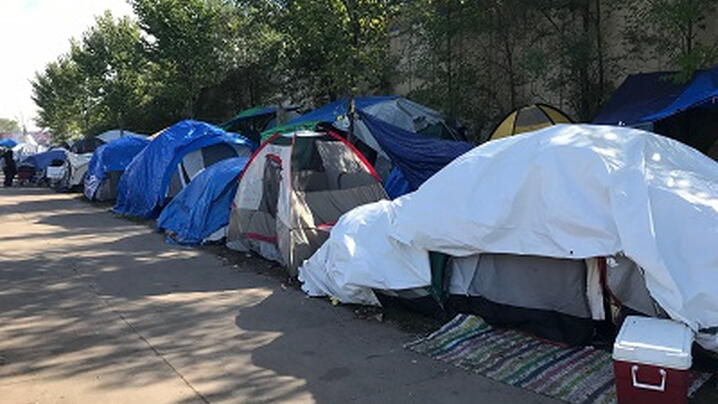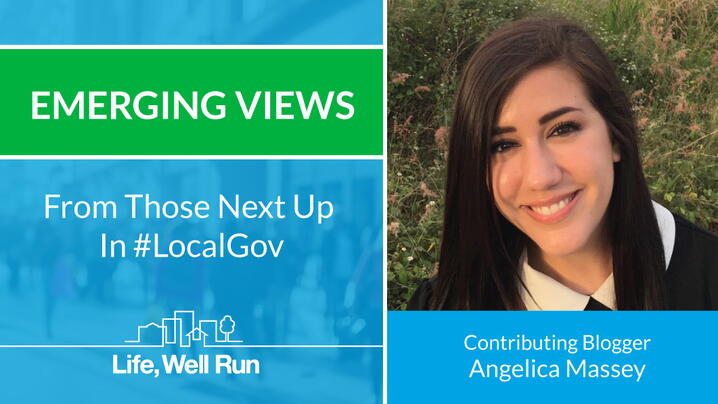
What would motivate a seasoned military veteran or retiree to intern with and learn the ins and outs of a local government? For one thing, job availability. Over the next decade, nearly 40 million baby boomers (or more than a third of the roughly 127 million full-time workers in the United States), will retire, according to…
Missouri City, Texas, uses visual story telling to explain the complexities of local government service delivery and the role a city, town, or county manager plays to kids.

On any given night, up to 400 people in the city of Minneapolis, Minnesota (pop. 422,330), are homeless, according to CBS affiliate WCCO. Among those, roughly 50 individuals had been living in a “tent city” encampment at the intersection of Franklin and Hiawatha Avenues. To address this growing problem and benefit a severely underserved population,…

Advocating adoption and retention of the council-manager form and establishment of professional management positions are mission priorities for ICMA. #Giving Tuesday, November 27, is the perfect time to renew your commitment to advocating professionalism in local government management by making a donation to ICMA’s Future of Professional Management Fund. Mounting grassroots campaigns to educate residents about…

Your contribution to ICMA's Future of Professional Management Fund makes a difference. Plan to give to the Fund on #GivingTuesday.

Three of seven communities retained and one adopted council-manager government during the 2018 midterm elections.

By Angelica Massey With the Texas rain reminding me of Baltimore weather, I’ve been reflecting on my time spent there attending #ICMA2018. Thanks to ICMA’s Life, Well Run Student Photo Contest, I was able to attend the association’s 104th Annual Conference as a University of North Texas MPA student and representative of the city…
The city of Las Vegas uses a unique juvenile justice system program, the preservation of a historic educational site, and school district collaboration to address inequities.
The City of Decatur, with only 22,000 residents, has a history of civic engagement, having involved more than 1,500 people in its 2010 strategic planning process.
